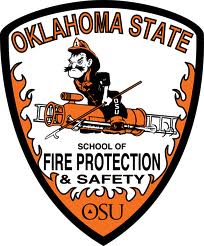 | |
| Established | 1937 |
|---|---|
| Program Coordinator | Virginia Charter |
Administrative staff | 9 |
| Students | 500+ |
| Location | , , USA |
| Website | https://ceat.okstate.edu/det/fpset/ |
 | |
The School of Fire Protection and Safety at Oklahoma State University in Stillwater, Oklahoma has been home to one of the few fire protection programs in North America since its creation in 1937. [1]
Contents
The founders of the program saw a need to train personnel in the field of fire protection. Filling that need over the years lead to the creation of: The School of Fire Protection, the publishing of the famous Oklahoma Redbooks and the creation of the International Fire Service Training Association (IFSTA) and Fire Protection Publications (FPP), the establishment of Oklahoma Fire Service Training (FST) [2] and the International Fire Service Accreditation Congress (IFSAC) [3] and the College of Engineering Architecture and Technology (CEAT) outreach extension program.
Together these entities form the fire and safety education program of Oklahoma State University, which has earned the status of, "Standard Quality in the Profession," in 2010 by James Shannon, President of NPFA, [4] along with being dubbed a, "National treasure...its work is of great national importance," by Honorable Adair Wakefield Margo of the President's Committee on the Arts and Humanities. [4]